Methane that comes in from the cold
This summer ETH Zurich researchers studied the natural balance of methane in the arctic permafrost soils of the Lena Delta in Russia – research under adverse conditions.
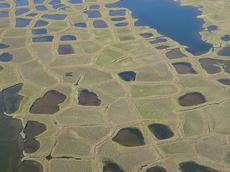
“I would go there again at once,” says ETH Zurich Professor Josef Zeyer. His enthusiasm is still clearly visible, because Zeyer enjoyed a rare privilege this summer: the environmental biologist was invited to spend a month with German and Russian climatologists, pedologists (soil scientists), geodetic surveyors and entomologists carrying out research at the remote Samoilov research station in the Lena Delta in Siberia – which allowed him to visit a region that probably only a few Western Europeans know from first-hand experience.
Calm in the magnificence of nature
The station is operated by the German Alfred Wegener Institute for Polar and Marine Research Potsdam in conjunction with Russian partners and is a simple wooden hut providing accommodation for a dozen researchers. An electricity generator ensures a modicum of comfort and water comes from the nearby lake. Fish and reindeer meat are the main items on the menu. Radio and TV are not in the vocabulary, and the researchers send their E-mails by satellite only once a day. In return they have tranquillity, wide horizons, isolation, nature and, as Zeyer stresses, “unique ecosystems” – rare commodities in a world that is shrinking and becoming ever more frantic.
Winter temperatures in this region can reach minus 50°C. Summer starts in late June and lasts just about two months, but even then it is rather chilly and drizzle can continue for days on end. As soon as temperatures rise a few degrees above zero, myriads of mosquitoes pounce on the researchers, making work out of doors possible only with beekeeping equipment.
Infinitely far from Moscow
The journey to reach it is also an adventure. The starting point for the expedition into the Lena Delta is the garrison town of Tiksi, a dilapidated outpost of civilisation infinitely far away from Moscow. Tens of thousands of Russian soldiers and their families once lived in this town above the Arctic Circle. Today the settlement is crumbling, and anyone not compelled to remain moves out. The sea was still frozen when the Swiss researcher arrived in July.
The researchers covered the last 50 kilometres from Tiksi to the research station in the Lena Delta in a Russian military helicopter. Luggage, scientific equipment and provisions for a month vanish into the bowels of the helicopter. The passengers sit on their luggage, packed in like sardines.
An astounding landscape was revealed to the researchers as they left the helicopter. Although the Lena Delta covers an area approximately three quarters that of Switzerland, it is inhabited by only about a dozen fishermen and hunters. Its typical features are the peculiar polygons formed by cracks in the permafrost. The cracks open up in winter, and water penetrates and freezes immediately when the snow melts in summer. Continuously growing ice wedges that can be several metres wide and more than 15 m deep form in the depths of the cracks. Pools often form in the centres of the polygons, and it is these that aroused Zeyer’s interest and represented the subject of his research work for four weeks.
Bacteria hold the balance
Processes that might possibly have an important effect on the global climate take place in the polygons and their pools. The permafrost in the Lena Delta begins only a few centimetres below the surface and extends down to a depth of 600 metres. The ice in the polygon pools starts 50 centimetres below the water surface. Methanogenic micro-organisms live directly on top of the ice and convert organic carbon into methane – almost one third of the organic carbon stored throughout the world is locked up in Arctic permafrost soils. However, methane gas has an extremely large influence on the climate: the greenhouse effect of one molecule of methane is 25 to 30 times greater than that of one molecule of carbon dioxide.
Methane diffuses upwards in the sediments and into the water, where it meets oxygen diffusing downwards from the atmosphere. “Methane-consuming” bacteria known as methanotropes that oxidise methane to carbon dioxide, thus preventing the methane entering the atmosphere, live in the zone where the methane and oxygen meet.
Sedges as spoilsports
On the other hand this system “functions” differently in the polygon pools. Many of these pools are densely overgrown with sedges that absorb the methane in the root zone, thus bypassing the methanotropic bacteria and transporting the unfiltered gas directly into the atmosphere. The plant stems have conductive channels for gas exchange: methane is conveyed out of the root space and oxygen from the air is carried down into the deeper regions.
During his stay in Siberia, Zeyer now tried to find out more about the methane balance in the polygon pools. In field experiments he measured the concentration of methane as a function of depth, quantified the activities of the methanogenic and methanotropic bacteria in the pools, and determined the magnitude of methane transport by the sedges. Maryvonne Landolt from ETH Zurich’s research staff, also a microbiologist, was hard at work supporting him at the same time in the laboratory and in the field. Some samples were brought to ETH Zurich for further analysis. The results have not yet all been evaluated, but it is already clear that the processes can be quantified very well and that methane transport by the vegetation is significant.
What will happen if it becomes warmer?
However, many questions still remain unanswered. For Zeyer und Landolt the month in the Siberian Arctic was over all too quickly. The IPCC Report published this year predicts an above-average warming for the Arctic. But what does that mean for methane production? Probably the soil will thaw out down to a greater depth and biological activity will increase. Will that result in the bacteria producing more methane? Will the activity of the methanotropic bacterial also increase? Or will the sedges benefit from the rising temperatures?
Zeyer also stresses that in many respects today’s climate models are compelled to treat the soil as a black box because a detailed understanding of the processes is lacking. That’s why the ETH Zurich Professor would like to link the results about microbial methane turnovers in the permafrost region to a greater extent with data obtained using above-ground measurements (satellites, aircraft and eddy covariance). He says that “The work is ongoing,” and co-operation with the Alfred Wegener Institute and Russian colleagues will probably be intensified.


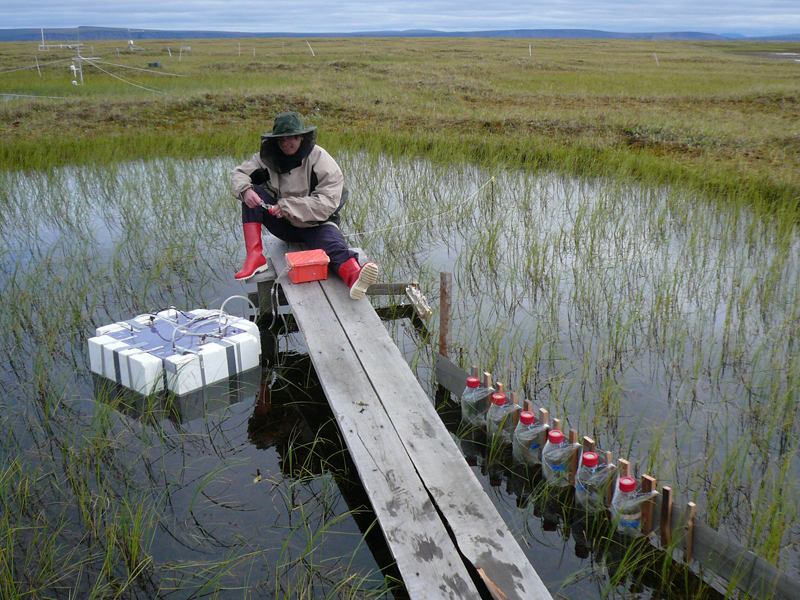
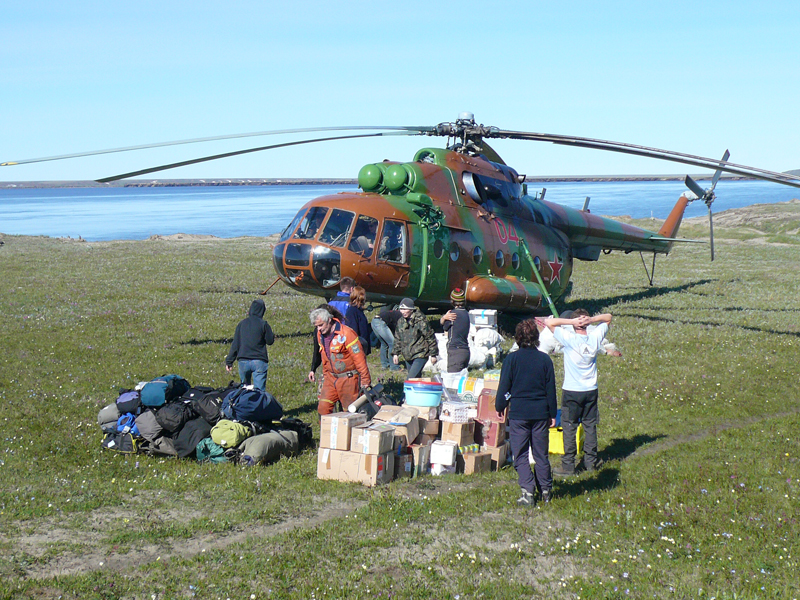
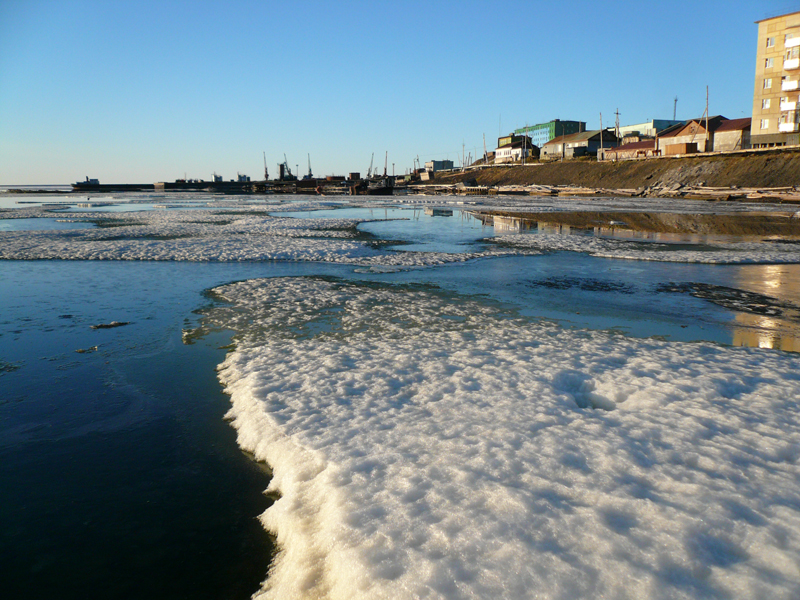
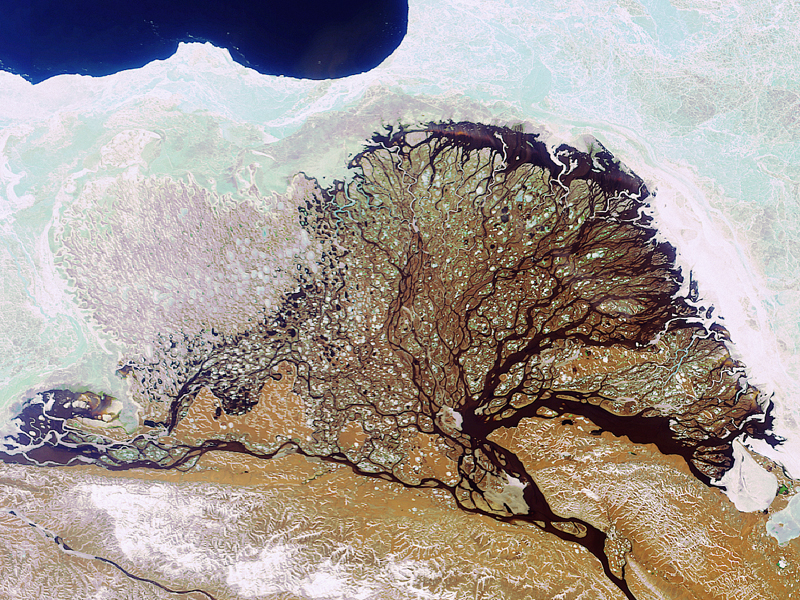





READER COMMENTS